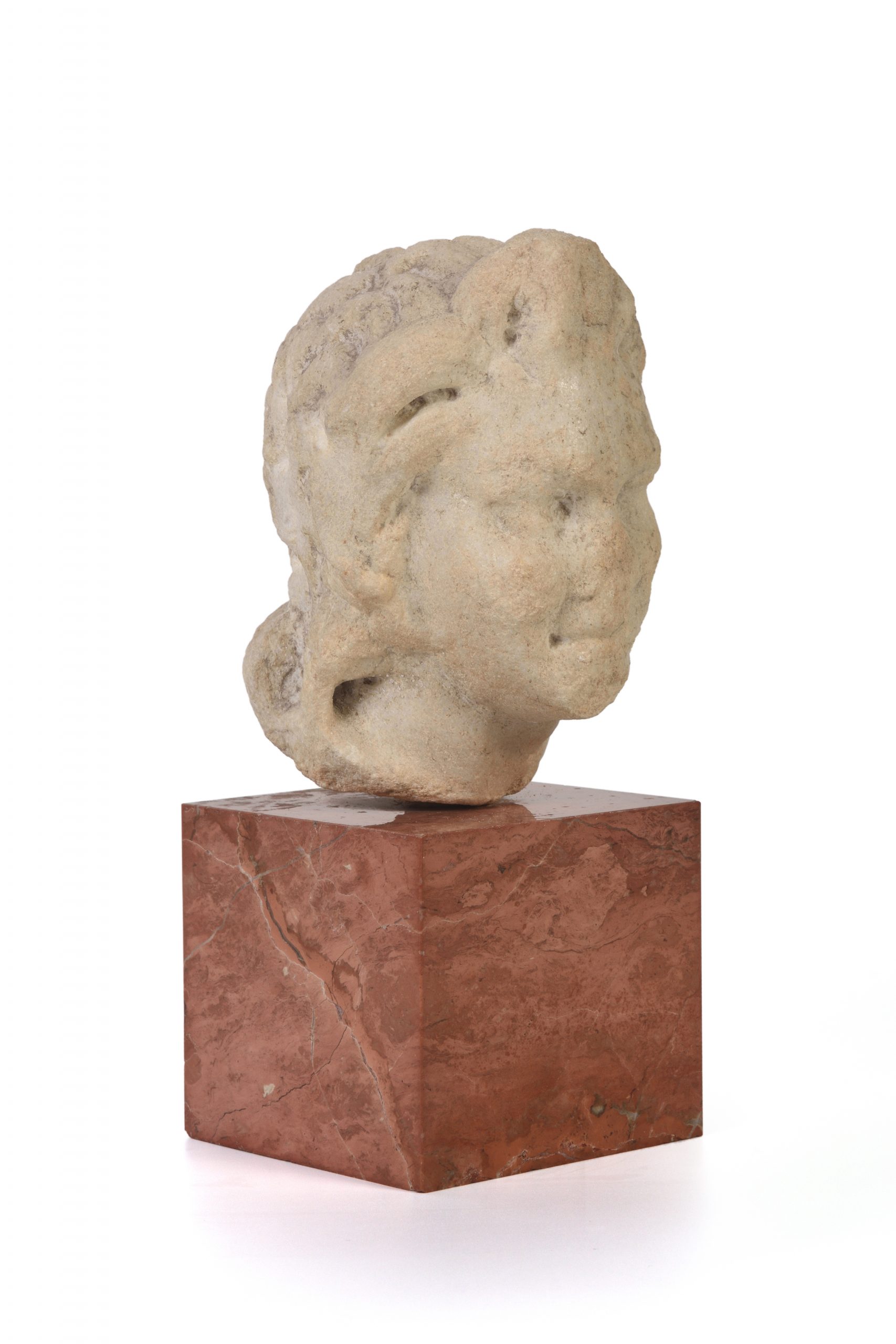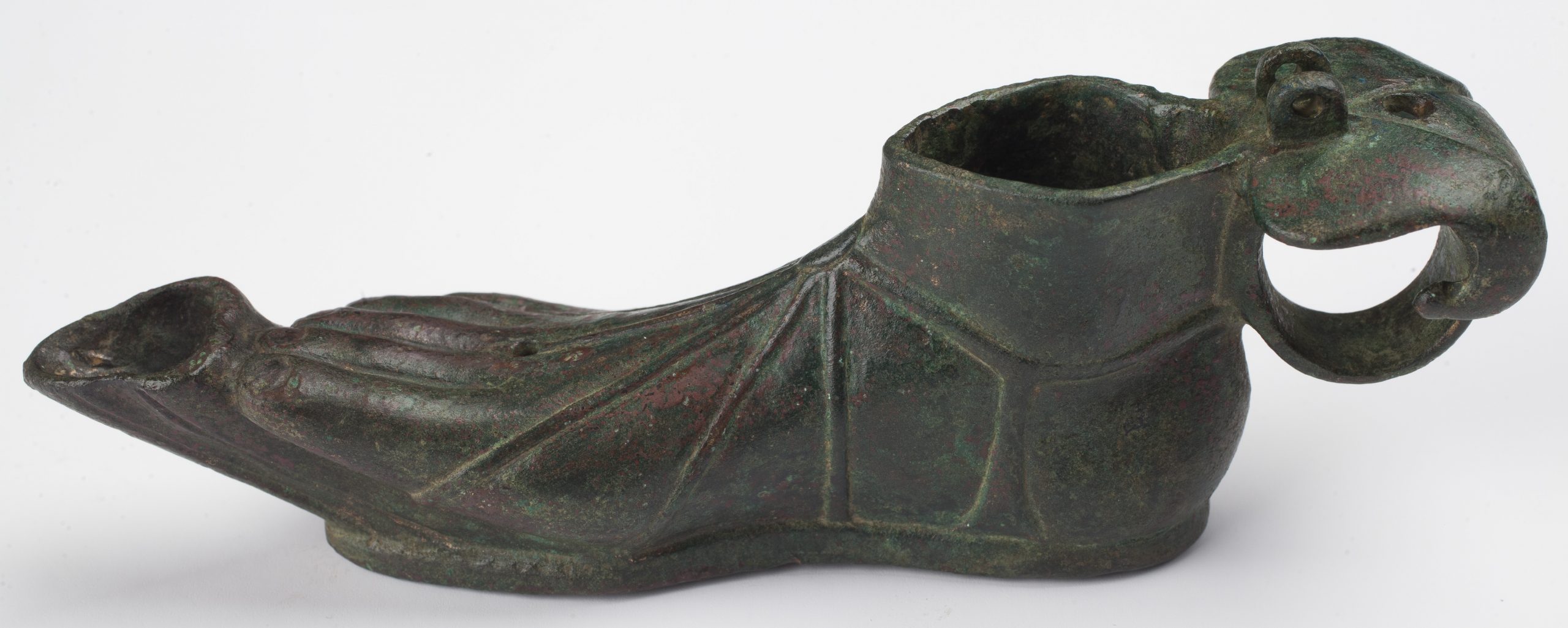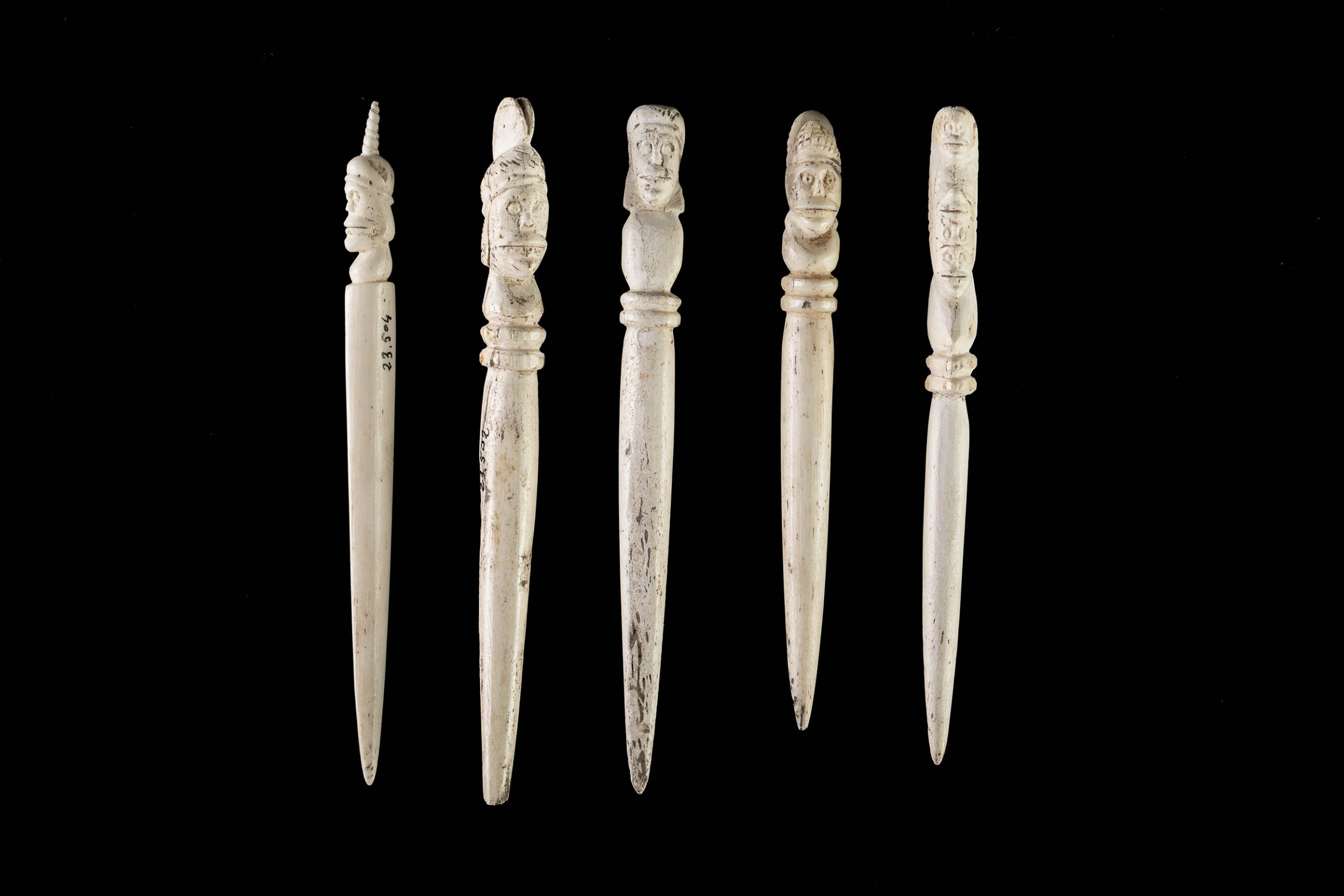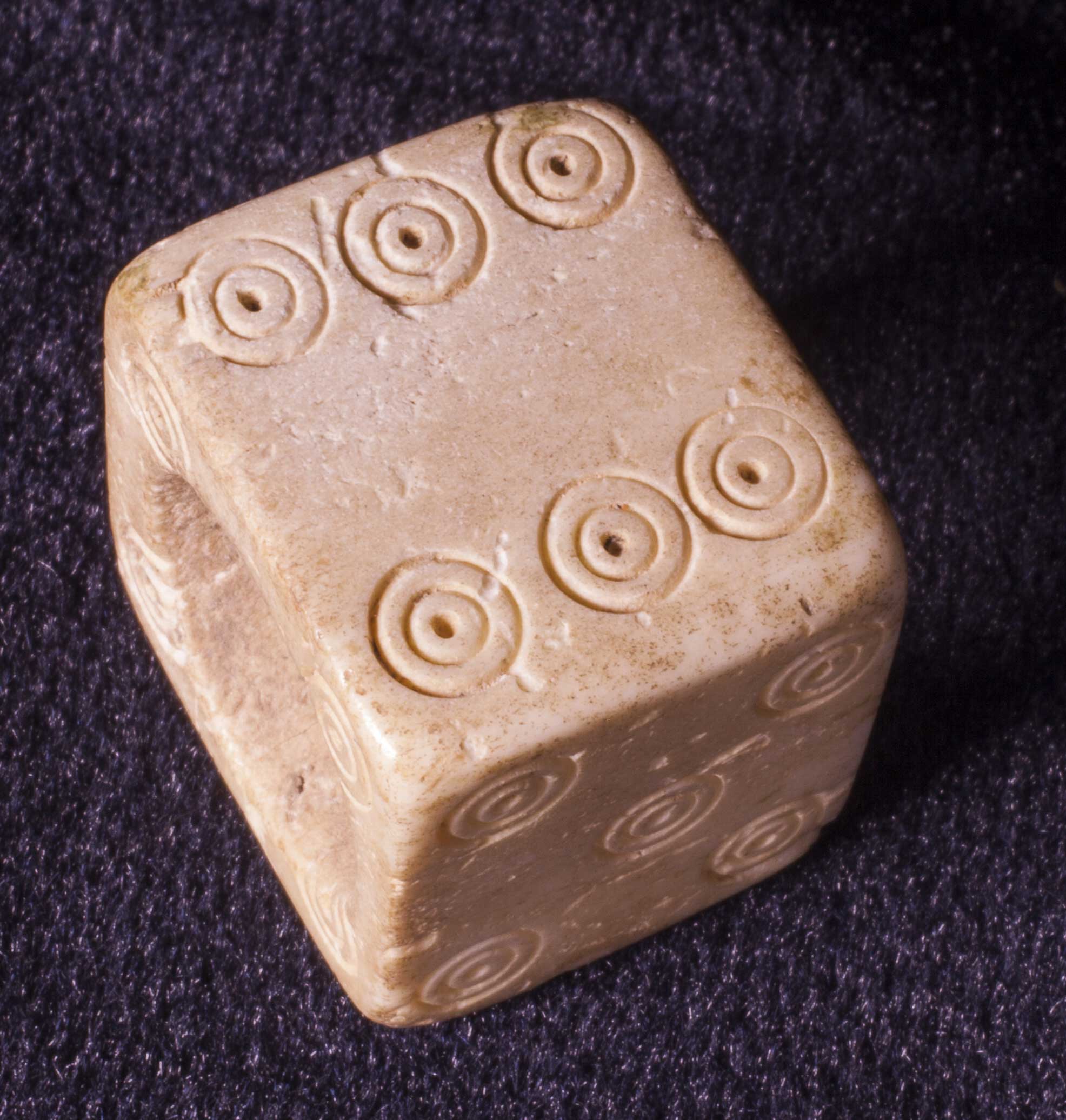- Object type
- mold
- Production date
- -100 / -50
- Fabric -
- Culture
- Roman
- Discovery location
- Olèrdola. Entrada recinte (sector 01)
- Materials
- pottery
- Township
- Olèrdola (Europa, Espanya, Catalunya, Barcelona, Alt Penedès)
- Technique
- moulding
- Where is it?
- Reserves
- Dimensions
- 270 x 860 x 850 mm






